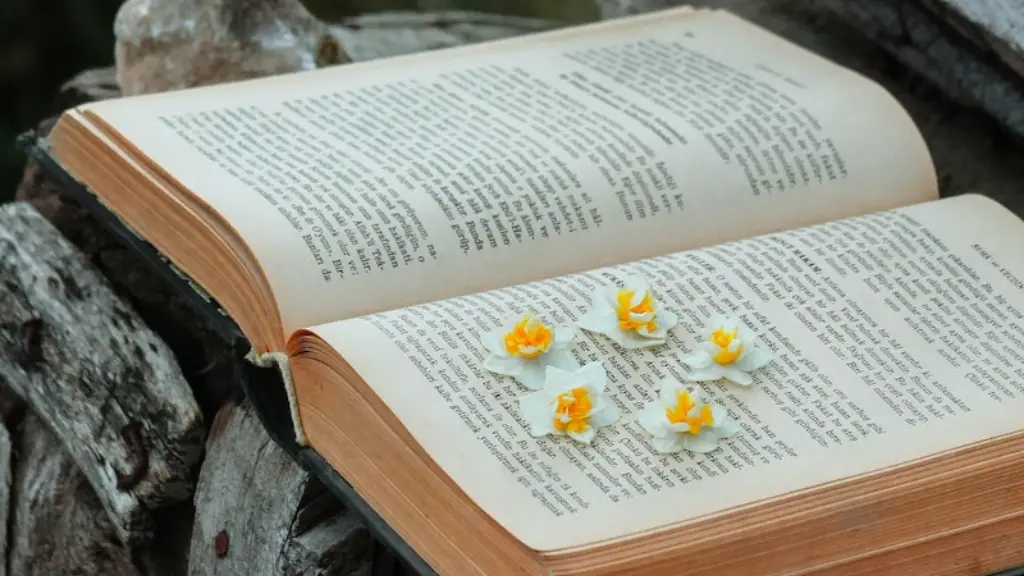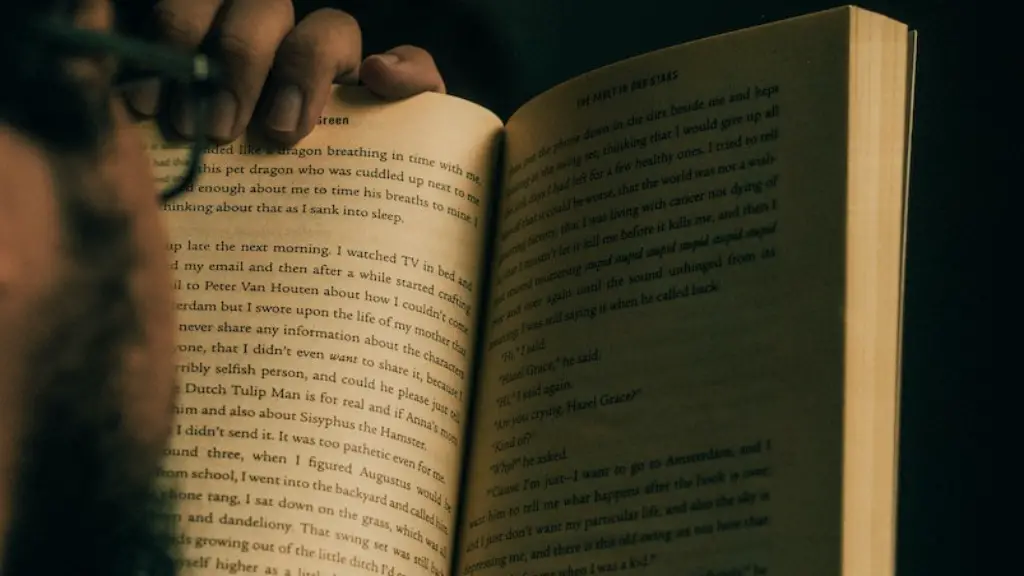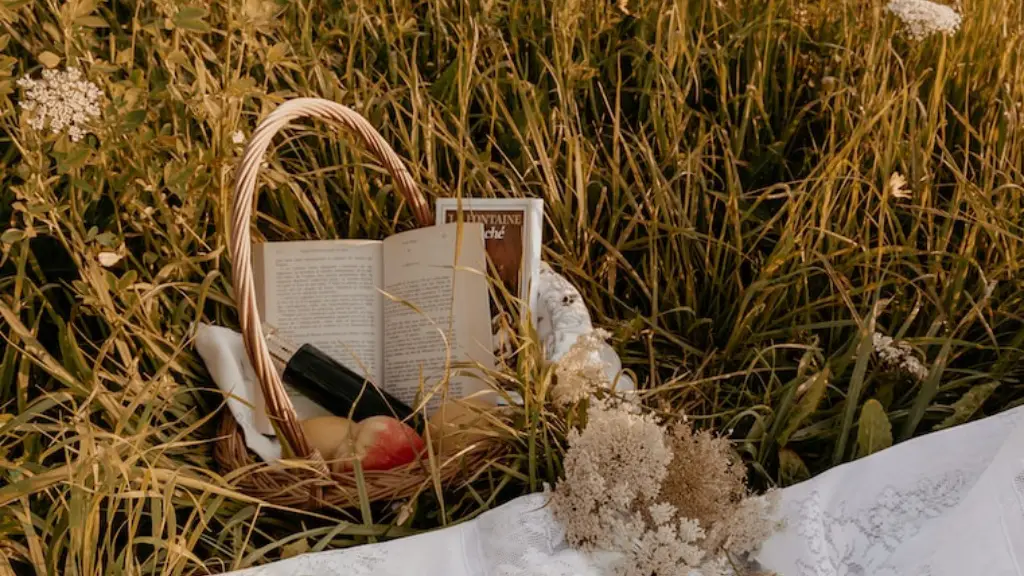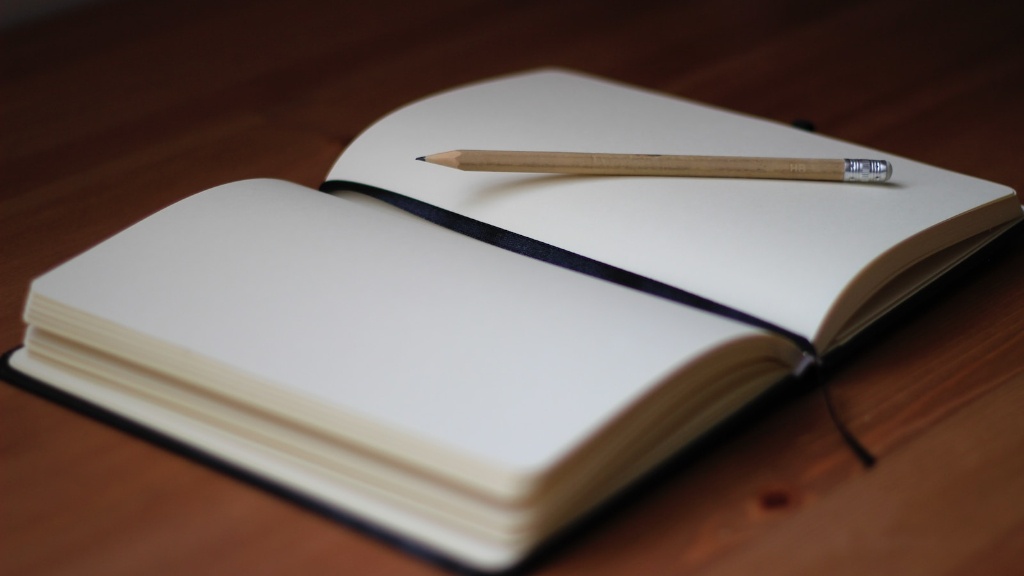A line in poetry is essentially a section or a unit of verse that can range from as few as one syllable to as many as fifty or more. It is most commonly used as a way to break up a poem or to provide a visual representation of the text, as well as structure, form, and meaning to the work. Although lines can be short or long, their use often differs among poets and their work; some create single-line verses and others opt for finely crafted lines that convey a deeper meaning.
A line can represent a single idea, thought, or emotion, or a collection of words that evokes an image. Essentially, it can be used as both a device and a vehicle to transport an idea from the poet to its reader. Some writers utilize lines to express sorrow and pain, while others use them to bring about joy and other positive emotions. Depending on the type of poem and its overall theme, an author can employ various poetic devices, such as alliteration, to emphasize a point and evoke a desired response in the reader.
In terms of breaking down a piece of poetry, lines play a critical role. The use of multiple lines allows a poet to experiment with different word combinations and emphasize certain words, as well as structure the piece in an aesthetically appealing and meaningful way. Additionally, lines in poetry have the ability to shape or form numerous poetic figures, such as a stanza, caesura, and alliteration which further contribute to the overall appeal and power of the poem.
Viewed from a technical perspective, the decision of when to break a line and begin a new one is often based on the meter and length of the verse. There are a few ways in which a new line can be formed, such as a change in a thought, caesura, or a clinched line; for instance, a clinched line can be used to create a sense of incompleteness and help add a dramatic pause in the poem.
Overall, the line of a poem has many purposes which ultimately contribute to its success. For example, in comparison to prose, lines can help to convey a measure, tempo, and timing that can enhance the reading experience of the writer. Similarly, through word and thought associations, they can also help create internal dialogue and build visualized images in the mind of the reader that evoke the personal emotions of the poet.
Word Choice and Line Formation
Furthermore, the choice of words used in a poem and the formation of their lines can be heavily influenced by a poet’s sense of rhythm and meter. As such, lines can be structured to create rhythm that operates as a vessel for emotion and speech. This is done by crafting and having a structure that embarks on different rhythms with various patterns and accents, depending on the type of poem being written.
Additionally, the choice of words used to create a line and the arrangement of their order can depend on the poet’s desired mood and the underlying tone they wish to convey. Whether they be monosyllabic, disyllabic, or composed of longer words, the words of a line add meaning, tone and contribute to the overall flow of a poem or the intensity of its words and phrases.
It should be noted that often times, the words used to create a line in a poem may not, in themselves, present a full meaning or carry an emotion to the reader. However, it is important to understand and recognize the interaction of multiple lines of a poem and take into consideration the first and last words of all the lines put together.
It is also important to acknowledge the use of language and the potential for a single word or combination of words to evoke feelings in readers. The poets knowledge of language, their ability to craft their verses and the ability of words to transcend their own literalization make efficient lines an essential component of a poem.
Rhythm and Sound
In addition to words, lines in poetry can also be used to create a particular rhythm and sound within a piece. For example, in verse poetry, the lines are structured to create a rhyming pattern and assist the poem in flowing smoothly. Rhyme is an essential component of poetry and it helps to evoke the desired emotion in the reader while also contributing to the overall deliverance of the poem.
Likewise, lines in poetry can also be used to establish a sound that adds to the visual representation of the poem, as it gives readers a sense of the feeling and audible qualities of the piece. This sound is created with the use of stressed and unstressed syllables, tones, enjambments, half-rhymes, internal rhymes, and off-rhymes. All of these work together to bring forth a range of emotional expressions and can be used as an essential tool in creating a unique setting and allowing readers to connect to the poem in an intimate manner.
Furthermore, these elements of language help to establish the atmosphere and emotional feeling of the poem. They also create a dramatic effect that can assist readers in discovering and understanding the intentions of the poet.
Tonality and Compactness
The tonality of a poem is determined by the way it fits into the meter of the poem and the individual lines that make up its form. Through the use of syllables, rhymes, and pauses, a poem can hold onto a certain tone for a short or long period of time. In this way, poets can create images, feelings, and even textures in the mind of a reader depending on the desired tonality of a poem.
Compactness is another element that is heavily dictated by the lines of the poem. The arrangement of words within the line helps to create an overall definition or expression of an idea. This helps to make the poem concise, yet evocative with its purpose and imagery.
In conclusion, the lines in a poem have many meanings and functions that help to craft and structure the words within it. Their use as a tool assists writers in conveying a message and allowing readers to connect and interact with the text. Through the effective use of rhythm, sound, and tonality, lines can evoke an emotional response in their readers, as well as ultimately contribute to the success of a poem.
Qualities of Effective Lines
It is important to point out the qualities of effective lines that make a poem memorable. Generally speaking, an effective line should employ creative word choices, effectively communicate an emotion, and be properly arranged in line with the theme and message of the poem. Additionally, when crafting lines for a poem, it is important to create a flow between them and utilize an aesthetically pleasing structure to carry the poem’s meaning.
Moreover, the use of imagery in lines should be vivid and precise in order to effectively capture a feeling or emotion. This is done by packing the lines with words that can invoke the senses and stimulate the reader’s imagination. Sentences should also be crafted with the utmost precision to ensure that they can convey the depth and emotion of the setting.
Additionally, the structure of lines can greatly contribute to the flow and meaning of a work; metaphors and personification, for example, are excellent tools which can be used to add an extra layer of beauty to a poem. Additionally, the use of images, repeated patterns in the lines, and short sentences can go a long way in assisting a poet to effectively communicate their intentions.
Implementing poetic techniques within lines
The implementation of poetic techniques in lines can also assist in establishing a poem’s overall theme. Poets often turn to devices such as alliteration, assonance, and enjambment to create expressiveness and emphasize a certain point or emotion. These techniques can help bring out a work’s potential and recognize the underlying meanings and literary devices it may have.
Moreover, a poem’s rhythm and rhyme should be employed properly and in line with its content. These tools can assist in making an idea or emotion more vivid and memorable, as well as create a flow that allows the reader to interact and understand it. Likewise, the use of improvisational language and metaphors can be of great help as they can paint a vivid image in the mind of a reader and bring out the emotional relevance behind a poem.
On a technical level, poets should also be cognizant of the way in which lines are drawn in the poem; this comes down to the alignment of words within a line and how punctuation is used. A poet should take care to ensure that the reader does not experience a break in the flow of their work and that their lines do not carry too much or too little meaning. Being aware of these factors allows a poet to effectively craft their lines and make their work as successful as possible.
Exploring Metaphor and Imagery
Finally, exploring metaphors and imagery within a poem is an excellent way to craft successful and powerful lines. This is mainly because metaphors and imagery can elicit a much greater range of emotional responses than single-word lines. Metaphors and imagery can be used to provide new insights into a poem and can often be indicative of a poem’s true meaning.
Moreover, through visualizing the words of a poem, one can experience the individual elements of a piece on an emotional level. Additionally, through the use of imagery, the poet is able to create a much more potent connection between their poem and their readers. This, in turn, allows readers to further connect and understand the poem’s meaning and ultimately bring out its full potential.
In conclusion, lines in poetry are an essential tool used to express emotion and craft meaningful works of literature. Although the process of creating lines can often be a difficult and involved process, the results make it all worthwhile. Poets must pay close attention to their craft in order to successfully employ their literary elements and devices, and create lines with the utmost precision and effectiveness. Once those lines have been crafted, they can help to bring out a poem’s full potential and join their words with the emotion of their readers.





